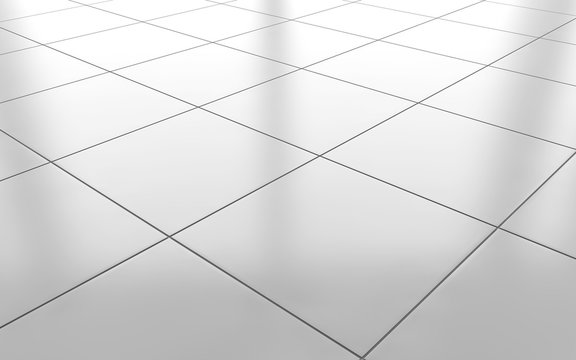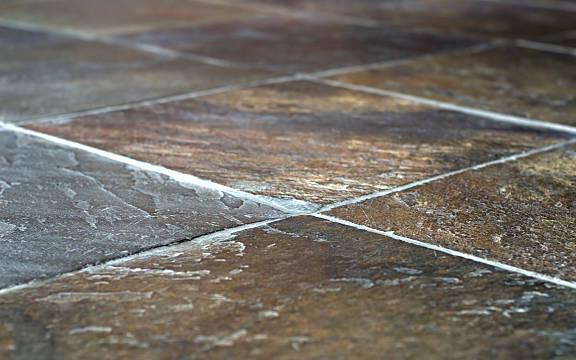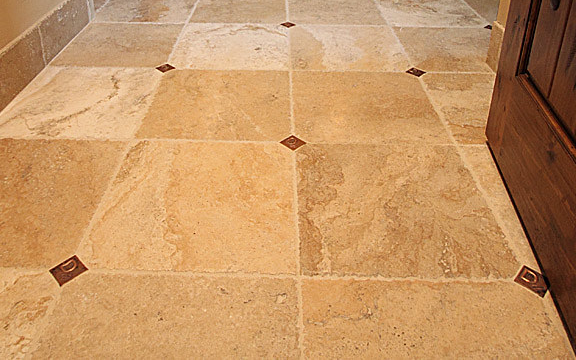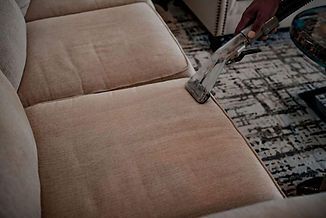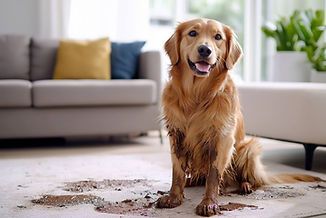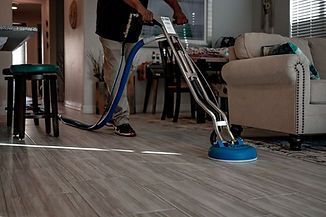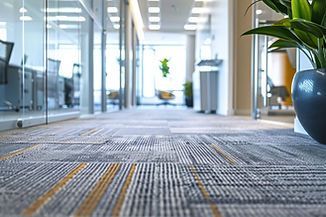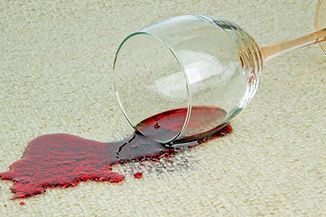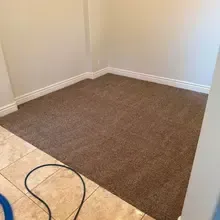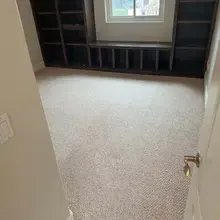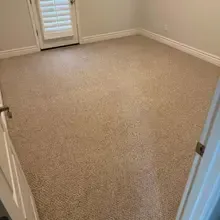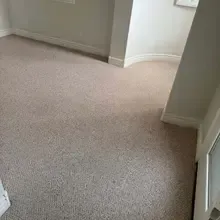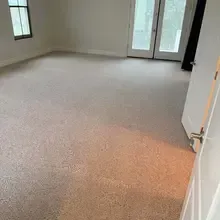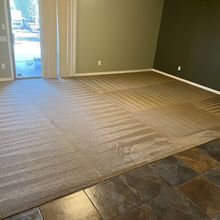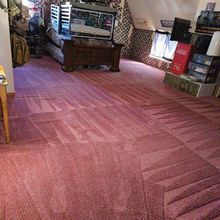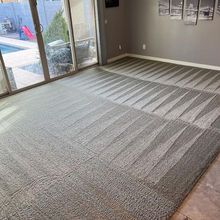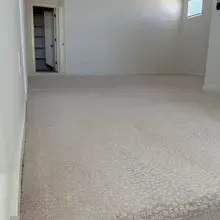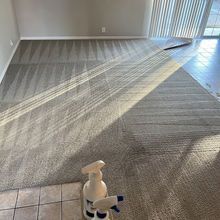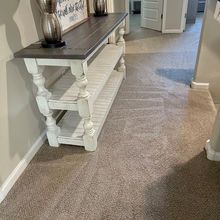Tile & Grout
Cleaning Services in Arizona
We also clean tile and grout to restore the brightness and cleanliness to your floors. Our deep cleaning process lifts dirt and grime from tile and grout lines, leaving your tiles looking like new.
Get Your Free Quote

Our Tile & Grout Cleaning Process
1
Walk Through
We’ll walk through with you, check out the type of tile(s) in your home, grout condition, and identify any problem areas like stains, buildup, or damage.
2
Pre-Treatment
We’ll spray an eco-friendly pretreatment solution designed to break down grime before extraction.
3
Deep Steam Cleaning
We’ll use our specialized cutting-edge turbo spinner tools to apply up to 1,000 PSI of hot water. This will lift will rinse and extract all the soil, solution, and water leaving your tile and grout lines fresh and clean.
Why Grout Sealing Matters
Grout sealing helps protect your investment. Grout is porous and naturally absorbs spills, mop water, and grime. Sealing acts as a protective barrier.
Repels Moisture and Dirt
Simplifies Maintenance
Restores Color
Long-Term Protection
Grand Stream Tile & Grout Cleaning FAQs
At Grand Steam Carpet Cleaning, we know you have questions about tile and grout cleaning—and we’re here to help! Whether you’re curious about our eco-friendly products, the best methods for restoring grout lines, or how often to schedule a professional deep clean, our friendly team is ready to provide expert answers and tailored solutions for your floors.
How often should tile and grout be professionally cleaned?
Most homes benefit from professional tile and grout cleaning once a year. High-traffic or kitchen areas might need it more often.
What is the best way to clean old tile and grout?
Professional-grade steam cleaning and scrubbers can lift years of built-up grime. We also use safe cleaners that loosen dirt without damaging older grout.
My grout is crumbling. Can it still be cleaned?
If grout is crumbling, it may need repair or regrouting before deep cleaning. We can take a look and advise you on the best next steps.
Do you have to seal tile grout after cleaning?
We recommend sealing grout after it’s been cleaned. It helps protect against future stains and keeps your floors looking fresh longer.
Why does my tile grout always look dirty?
Grout is porous and absorbs dirt easily. Without sealing or proper cleaning, it holds onto grime. Regular professional cleaning and sealing can help prevent this.
How do you clean grout that’s turned black or stained, and will it stay clean?
Blackened or stained grout is usually caused by embedded dirt, mold, or mildew. We use high-temperature steam, pH-balanced cleaners, and specialized grout brushes to deep-clean and extract grime from the pores. For long-lasting results, we apply a professional-grade sealant after cleaning, which protects grout from future staining and makes routine maintenance much easier. With proper care, sealed grout can stay clean and bright for 1–2 years.
Tile & Grout Cleaning Before & After
At The Grand Steam, we believe a Tile & Grout Cleaning transforms your space! Before our expert team works their magic, dirt and stains can dull your home’s beauty. After our thorough cleaning, tile and grout not only look brand new but also feel fresher and healthier. Experience the difference today!
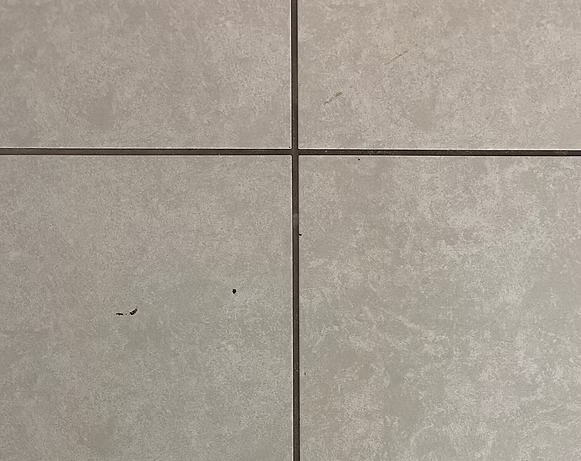
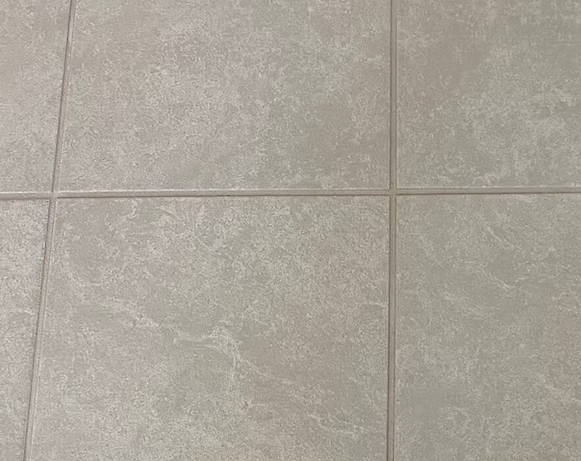
Experience the Satisfaction of Spotless tile and grout with The Grand Steam!
Everyone loves a good tile and grout cleaning video, right? It’s so satisfying to watch dirt and stains vanish, leaving a fresh, spotless tile and grout in their wake! Dive into this captivating video by The Grand Steam, your go-to veteran-owned and family-operated carpet cleaning business. We specialize in everything from pet stain removal to tile and grout cleaning, ensuring your floors shine like new throughout the East Valley. Sit back, relax, and enjoy the magic of a deep clean!
Customer Reviews of The Grand Stream
"Wonderful and timely service reached out to The Grand Steam. They came out the same weekend very accommodating.Overall so grateful for their work we are welcoming a baby wanted things to be steamed and cleaned that’s exactly what they did job above and beyond also took care of pet stains 10/10!"
Jasmine M.
"The Grand Steam offers the BEST service hands down! I am a Real Estate Broker, here in Arizona, and I use Terrin for all of my personal carpet and upholstery cleaning, but also recommend him to my clients. His company does everything from carpet cleaning, grout cleaning and sealing, upholstery cleaning (mattresses, sofas, chairs), and power washing. He is a minority-owned and Veteran-owned business and Terrin's quality of service and competitive pricing are impeccable. If you want reliable, respectful, above-par service, I highly recommend you contact The Grand Steam for all of your carpet and upholstery cleanings. Thank you, Terrin!"
Yolana I.
"I had my grout cleaned by The Grand Steam and I cannot thank them enough! My bathrooms and laundry room literally look brand new! My only regret is that I waited this long to call them out! They also did my carpets while they were at my home … I feel like my entire house just got a deep clean - so very needed! Professional, prompt, thorough, tidy, and respectful are just some of the qualities that I’d recommend about this company! Call them - your house will thank you!!"
Nicole F.
"Terrin and The Grand Steam cleaned our two couches today and I’m so so glad I hired them!!! It was definitely overdue. They were on time, professional and have my couches looking and smelling like brand new. I was able to get an appointment within a couple of days of calling! I’d highly recommend them for any furniture cleaning, carpet, grout, etc. We will definitely be using them again!"
Peyton H.
"I would highly recommend The Grand Steam for your cleaning needs! They did a wonderful job cleaning the tile throughout our house. We didn’t even have to move the big furniture because they were able to clean around it. They did a great job getting clean all the kiddo spills and even sealed our grout to help with the inevitable future spills! Definitely give them a call today!"
Stephanie J.
Hands down 🙌🏼 no regrets on hiring The Grand Steam. Extremely professional, cost effective, great service, very polite and amazing results! Veteran owned as well. 🇺🇸 Would definitely hire again. You won’t be disappointed! Pictures don’t even do it justice. My house was left clean and smelled amazing.
Maria K
Some of Our Work in the East Valley
At The Grand Steam, we take pride in our work across the East Valley, transforming homes and businesses with our expert carpet cleaning services. As a veteran-owned and family-operated business, we understand the importance of a clean, inviting space. From tackling tough pet stains and odors to providing thorough tile and grout cleaning, our photo gallery showcases our commitment to delivering outstanding results. Explore our projects and see firsthand how we make floors look brand new while keeping your home healthy and fresh!


